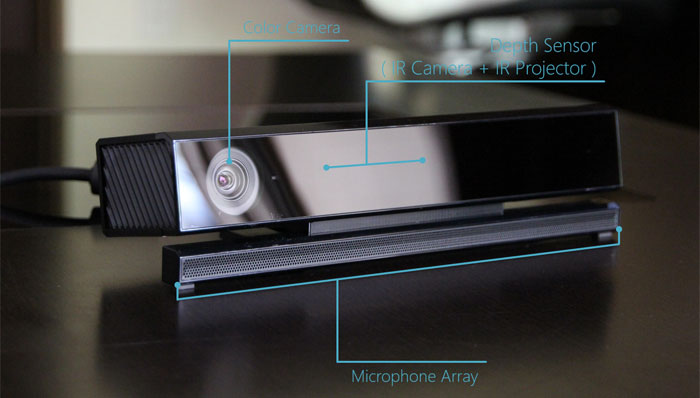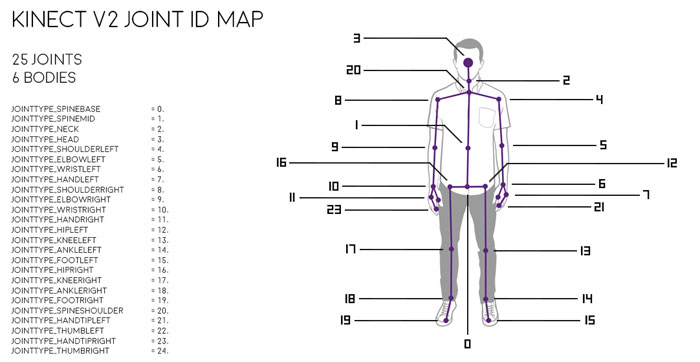Microsoft has ceased production of the Kinect motion controller. The shutdown of production was confirmed by Alex Kipman, creator of the Kinect, and Matthew Lapsen, GM of Xbox Devices Marketing, in an interview with Co.Design, part of the Fast Company network.

The Kinect has been slowly de-emphasised by Microsoft over recent years. With its current generation console the Xbox One, as launched in 2013, the new improved Kinect started off as an essential. Microsoft thought it would be a key differentiator between its new Xbox One console and the Sony PlayStation 4. However it wasn’t that popular and added expense to the base console price so Microsoft stopped bundling Kinect in May 2014. Then in 2015 the Xbox One S was announced – lacking a Kinect port. Of course the new Xbox One X also eschews the Kinect.
Microsoft originally introduced the Kinect in 2010 as an accessory for the Xbox 360, and described by some as a ‘Wii killer’ accessory. Though it may now disappear from popular retailer stocks there will likely be a market for what is left among retro-hardware enthusiasts, the maker community, tech researchers, hardware hackers, and others.

Co.Design argues that the Kinect is the “single most influential, or at least prescient, piece of hardware outside of the iPhone”. This is backed up by its introduction of voice assistance, 3D tracking, and growth in popularity of vision and voice systems. It is noted that Kinect hardware and software technology helped enable Hololens, Windows Hello and other emerging tech from Microsoft.













